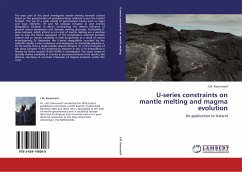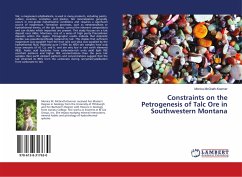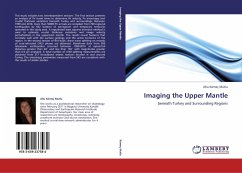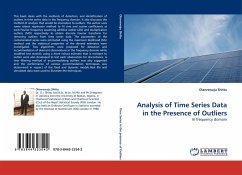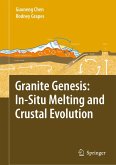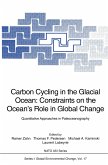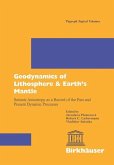The main part of this book investigates mantle melting beneath Iceland based on the geochemistry of postglacial lavas collected across the Iceland hotspot. The use of a wide variety of geochemical tracers such as major and trace elements, Hf and Nd isotopes (Chapter 2) and U-series disequilibria (Chapter 4) allows constraining the relative influence of physical source parameters and dynamic melting processes. Particularly U-series isotopes, which inform us on rates of mantle melting are a sensitive tool to map the lateral expression of the temperature anomaly beneath Iceland and to resolve variability in melt productivity as a result of source heterogeneity. To determine the U-series disequilibria recorded by the Icelandic basalts a new technique was developed to chemically separate U, Th, Pa and Ra from a single basaltic aliquot (Chapter 3). In the final part of this book (Chapter 5) the potential to measure in situ U-Th disequilibria in titanite by femto second LA-MC-ICPMS is investigated. The study aimed to spatially resolve variability in U-series in accessory minerals from Laacher See Volcano, Germany to constrain timescales of magma evolution within the crust.
Bitte wählen Sie Ihr Anliegen aus.
Rechnungen
Retourenschein anfordern
Bestellstatus
Storno

